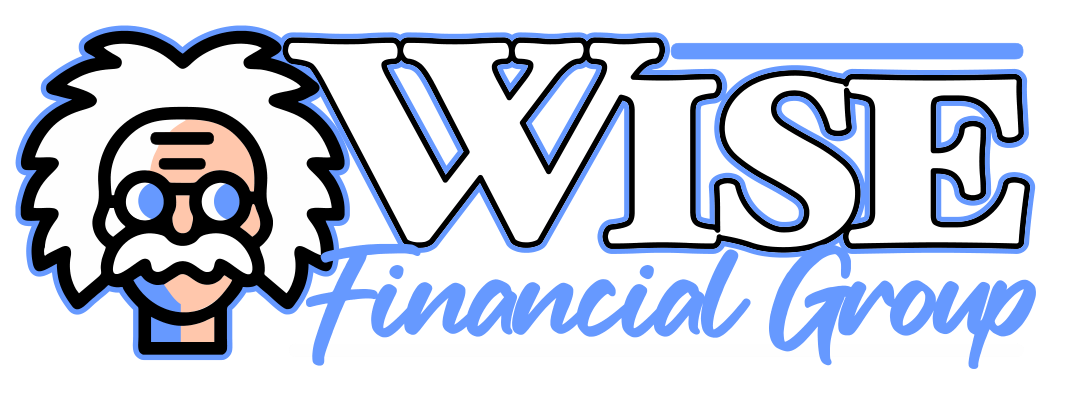
Understanding the Different Types of Health Insurance
Introduction
Health insurance is an essential aspect of our lives, providing financial protection and access to quality healthcare services. With the ever-increasing costs of medical treatments, having the right health insurance coverage is crucial. However, navigating through the various types of health insurance plans can be overwhelming. In this article, we will discuss the different types of health insurance to help you make an informed decision about which plan suits your needs best.
1. Health Maintenance Organization (HMO)
HMO plans offer a comprehensive network of healthcare providers, including doctors, hospitals, and specialists. With an HMO plan, you are required to choose a primary care physician (PCP) who will coordinate all your medical care. Referrals from your PCP are necessary when seeking specialized care. HMOs typically have lower out-of-pocket costs compared to other plans, but they also have more restrictions on choosing healthcare providers outside the network.
2. Preferred Provider Organization (PPO)
PPO plans offer more flexibility in choosing healthcare providers. They have a network of preferred doctors and hospitals, but you can also receive care from providers outside the network, although at a higher cost. PPO plans do not require a PCP or referrals for specialist visits, allowing you to see specialists directly. While PPO plans generally have higher monthly premiums and deductibles, they offer a greater degree of freedom in choosing healthcare providers.
3. Exclusive Provider Organization (EPO)
EPO plans are similar to PPO plans in terms of flexibility but with a narrower network of providers. Like PPO plans, EPO plans do not require a PCP or referrals for specialist visits. However, if you seek care outside the network, it may not be covered, except in emergencies. EPO plans typically have lower monthly premiums and out-of-pocket costs compared to PPO plans, making them an attractive option for those who value flexibility but are willing to work within a smaller network.
4. Point of Service (POS)
POS plans combine features of both HMO and PPO plans. Like an HMO, you are required to choose a PCP who will coordinate your care and provide referrals to specialists within the network. However, POS plans also allow you to seek care outside the network, though it may be at a higher cost. POS plans generally have lower out-of-pocket costs within the network but provide some flexibility if you need care from providers outside the network.
5. High Deductible Health Plan (HDHP) with Health Savings Account (HSA)
HDHPs are designed to keep monthly premiums low by having a high deductible, which is the amount you must pay out-of-pocket before your insurance coverage kicks in. HDHPs are often paired with HSAs, which are tax-advantaged savings accounts to help you save for medical expenses. Contributions to an HSA are tax-deductible, and the funds can be used to pay for qualified medical expenses. HDHPs with HSAs are a popular choice for those who want to take more control over their healthcare spending.
Conclusion
Choosing the right health insurance plan is a significant decision that can greatly impact your financial and physical well-being. Understanding the different types of health insurance plans, such as HMOs, PPOs, EPOs, POS plans, and HDHPs with HSAs, is essential in making an informed choice. Consider your healthcare needs, budget, and preferences when selecting a plan. Remember, it's always a good idea to consult with a licensed insurance agent or healthcare professional who can guide you through the process and help you find the best coverage for your specific needs.

